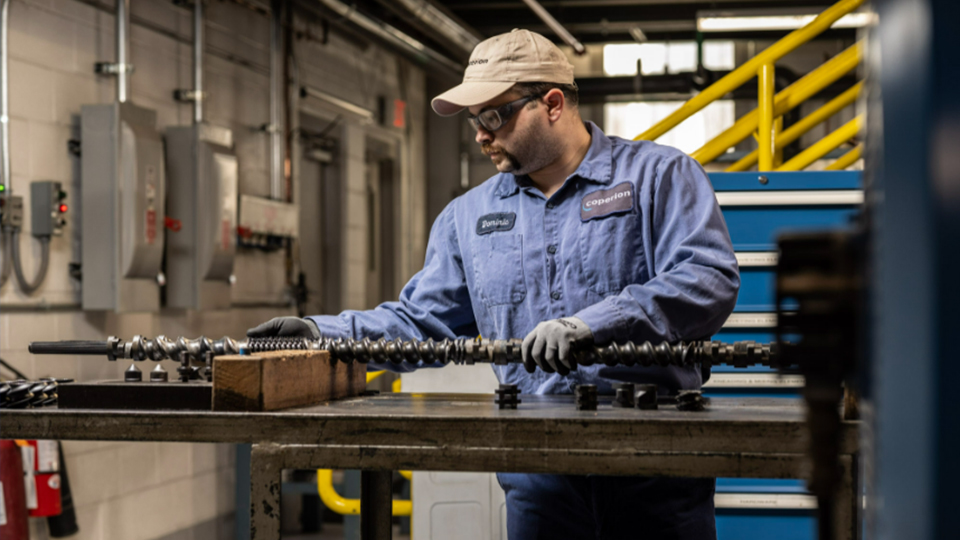US orders for business equipment rebound, defying high rates
Subscriber Benefit
As a subscriber you can listen to articles at work, in the car, or while you work out. Subscribe Now
Orders placed with U.S. factories for business equipment rose by more than forecast in April, indicating firms are still focused on making long-term investments despite an uncertain outlook and high borrowing costs.
The value of core capital goods orders, a proxy for investment in equipment excluding aircraft and military hardware, increased 0.3% last month after falling slightly in March, Commerce Department figures showed Friday. The data aren’t adjusted for inflation.
Bookings for all durable goods – items meant to last at least three years – climbed 0.7%, defying expectations for a drop of around that size. Excluding transportation equipment, orders rose 0.4%.
The advance in durable goods was broad, including increases in orders motor vehicles, communication equipment and machinery.
The report suggests businesses remain committed to making long-term investments despite high borrowing costs and elevated input prices. Though firms are cautious about capital spending, many are seeking to enhance productivity and boost capacity amid a reshoring trend.
Core capital goods shipments, a figure that is used to help calculate equipment investment in the government’s gross domestic product report, advanced 0.4%, starting off the second quarter strong.
Before the durables report, the Atlanta Fed’s GDPNow forecast called for a slight increase in business equipment spending for the second quarter.
The Commerce Department’s report showed bookings for commercial aircraft, which are volatile from month to month, fell 8% after posting solid gains in the prior two months.
Boeing Co. reported only seven orders in April, down from 113 in March. The company’s executives have cautioned that output will be stop-and-start in the first half of 2024 as the company works to strengthen inspections for defects, perform more work in sequence and faces supplier shortages.
While often helpful to compare the two, aircraft orders are volatile and the government data don’t always correlate with the planemaker’s monthly figures.
The U.S. manufacturing sector has struggled for traction after showing signs of rebounding. The Institute for Supply Management’s manufacturing gauge earlier this month showed factory activity contracted in April after expanding in March for the first time since 2022, while a measure from S&P Global indicated manufacturing output grew at a quicker pace in May.
